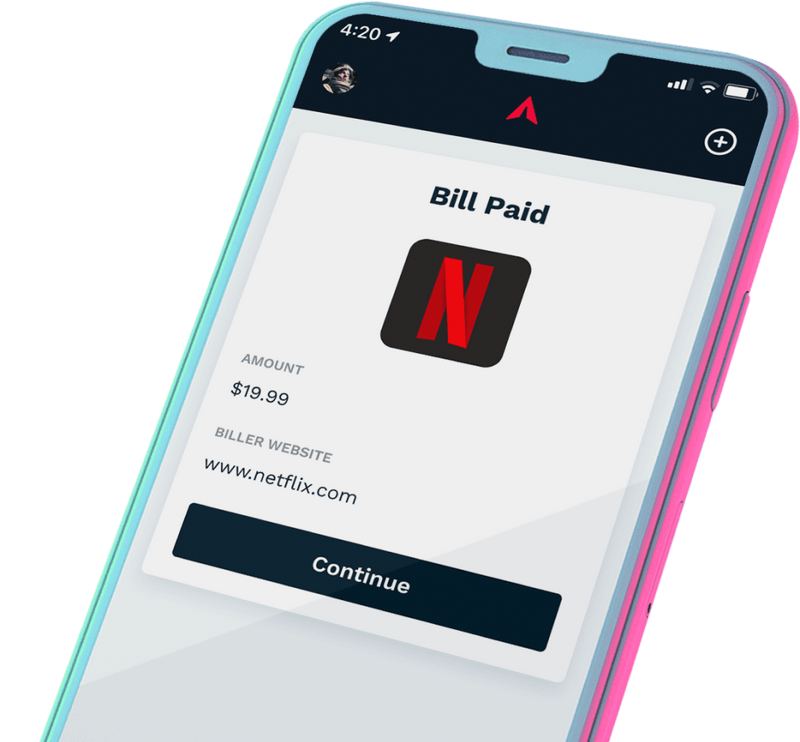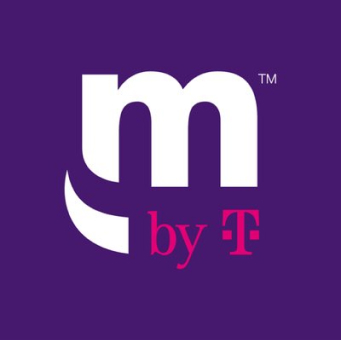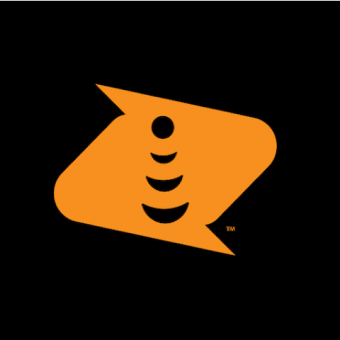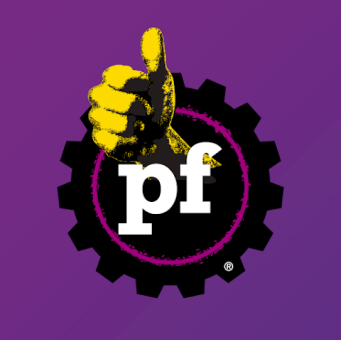
Get $5 off your next bill and raise your credit score
when you pay with StellarFi.
Offer ends 1/31/23


Select a bill and see how much your credit score could increase in the next 6 months.
Don't see your bill here?
FLEX5” Promotion by Stellar Financial Inc. (“StellarFi) and its affiliates is valid 12/26/2022 -1/31/2023 23:59:59 EST and is limited to those who sign up for a new account on StellarFi, and (i) do not have a paused, locked, or closed account, and (ii) have a Lite or Prime StellarFi membership Plan, and (iii) have successfully completed a bill or membership fee payment through StellarFi. Promotion cannot be applied after 1/31/2023 23:59:59 EST. Promotion expires 3/5/2023 23:59:59 EST. Individuals will receive a credit to their StellarFi account of $5 USD, which may be used as “Credits” toward their future membership fees or bills. “Credits” will automatically be applied to the next withdrawal on a StellarFi account. “Credits” may not apply as a refund to any bills or fees and never be redeemed for cash. The credit deposit will come in the form of a deposit labeled as “FLEX5″, and will be available in a member’s account within 30 days after they meet the criteria set forth above. StellarFinance, Inc. reserves the right to modify or cancel the offer at any time. Individuals are limited to use of one “FLEX5” credit per account. Only applicable to qualified StellarFi members or prospective members. See StellarFi’s full Terms of Service here. Program is void where prohibited or if accounts or transactions are fraudulent, abusive, not completed through legitimate channels, in violation of these terms, or irregular in any way.














